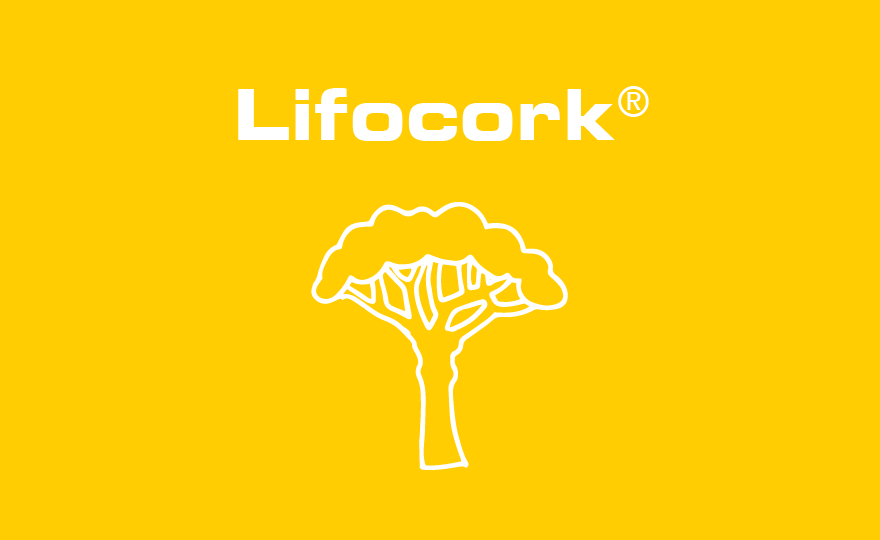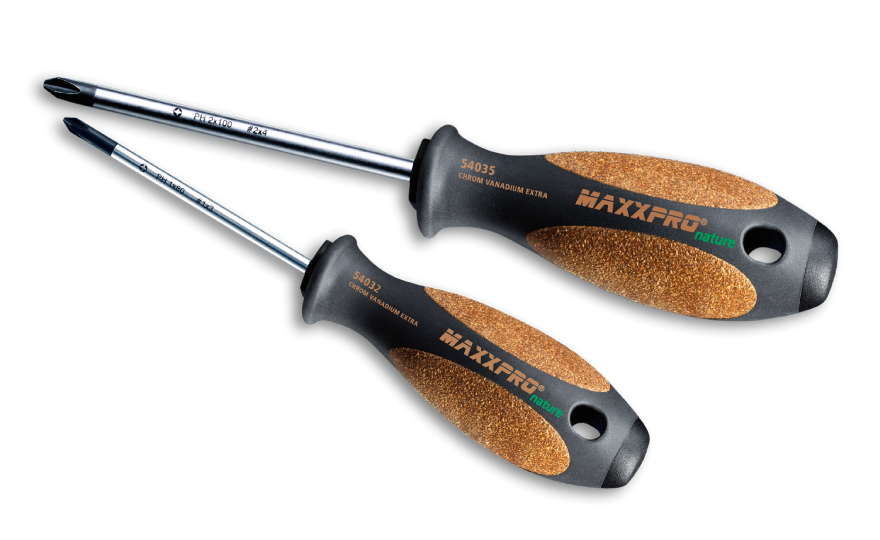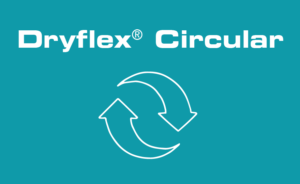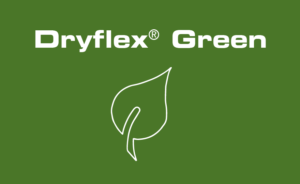Biocomposite Cork Compounds
The main quantity of natural cork which is harvested today is used as pressed cork or mixed with PU or rubber. The processing of this kind of cork can be expensive and require a lot of energy. We have developed a special manufacturing method to combine natural cork with thermoplastic raw materials. Meaning Lifocork can be processed using typical thermoplastic processing methods such as injection moulding, extrusion or thermoforming.

Cork - a renewable raw material
Cork is a natural product which comes from the bark of the cork oak tree. The removal of the bark does not harm the trees and the bark is only harvested after the first 20 years of growth. The removal stimulates a steady regeneration of the bark. Each cork tree provides on average 16 harvests over its 150-200 year lifespan.
Cork has a cell-like structure which is light and highly compressible. It is used in construction, sports, industrial and household applications.
Foamed Lifocork
Processing
Typical Applications
Lifocork is suitable for a wide range of applications, with new ideas being introduced every day. Its comfortable feel and non-slip texture make it a good choice for handles and grips, where it has been used in sports equipment, tools and household items. Lifocork has also been used to manufacture bowls, trays, boxes and plant pots and toys.
In 2K applications, the material can be overmoulded or co-extruded onto TPE, PP or PE. Allowing for sophisticated designs and enhancing consumer appeal with the integration of a soft-touch area.
Plates, belts, endless tapes and tech profiles can be manufactured from Lifocork via the extrusion process. You also get a damping effect for orthopaedic shoe lifts by foaming Lifocork.
We offer coloured Lifocork compounds or it can be easily coloured using a standard PE masterbatch, opening up even more design possibilities.

Key Properties
- Hardness 50 to 98 Shore A
- Low density
- Different base materials
- Customised materials possible
- UV resistant
- Resistant against sweat and hand cream
- Resistant against moisture and water
- Non-slip
- Soft-touch surface
- Natural cork optics
- Different colours possible
- Easy processing through injection moulding, extrusion or thermoforming
- Good abrasion
- Can be foamed with blowing agents
- Grindable
Our Lifocork Experts

Michael Fischer
Key Account Manager TPE, HEXPOL TPE GmbH
Downloads
You can also visit our Downloads page for more brochures and information.



